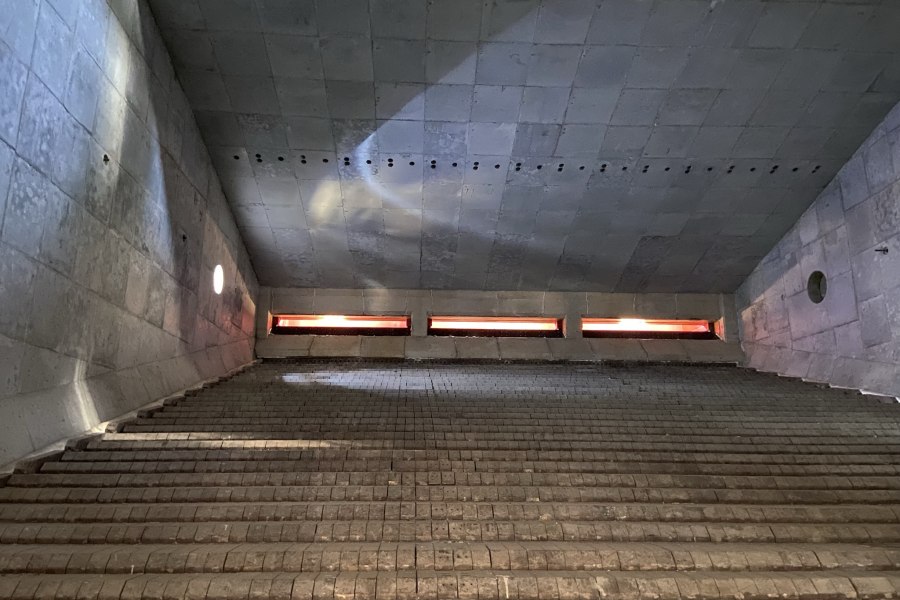Products
Home > Combustion systems > Back to resultsGrates
Grates
The machine through which the solid fuel combustion process is achieved in excess of 1 mm3 (indicative value) is the grate.
For many years we have installed grates of our own conception and design. They are the result of a long experience specially developed in the woodworking industry for the production of panels. This fact was decisive for us, because considering that we had to address the issue of energy-efficiency of processing waste, with the need to meet restrictive conditions in terms of process control and also emission control, we were able to achieve high-level results precisely in terms of combustion control and emissive values, starting from difficult fuels.
Our grids can definitely be defined as "specifics" for special solid fuels. Obviously, these machines are even better for virgin biomass.
The combustion process develops in its entirety along the longitudinal axis of the grate. In sequence, is at first developed the drying process of the fuel, freeing the contained water, followed by a gasification and flame development phase, to end with the last grate section where occurs the complete combustion of the solid residues and the formation of final slags, discharged into the hot well.
Under the grate are set the combustion air distribution channels and ash discharging hoppers.
Our grates are of air-cooled type, meaning that the same combustion air achieves the cooling of the deck of the grate.
The inclined plane on which the combustion process takes place, in addition to the mechanical movement that drives the fuel advance, is made up of partially superimposed bars that support the fuel during combustion and at the same time allow to pass, and distributing, the combustion air. Their conformation also allows ash discharge.
The bars are made of a refractory steel alloy, ie resistant to high temperatures. They are produced by casting and of course the alloy used is the one that can give maximum yield guarantees, taking into account the composition of the fuel and its physical characteristics.
Several designs and shapes of grid bars have been developed over the years, each suitable for certain fuels and easily interchangeable with each other in order to optimize the operating conditions of the machine.
We also mention water-cooled bars for special applications, that have not been used on our plants for the time being, given the high level of yield of traditional bars, both in terms of combustion results and durability and ease of maintenance.
A nod to our grid mounted and operating for years at the ACEA incinerator in Terni, Italy, where the results obtained are to be considered excellence.
